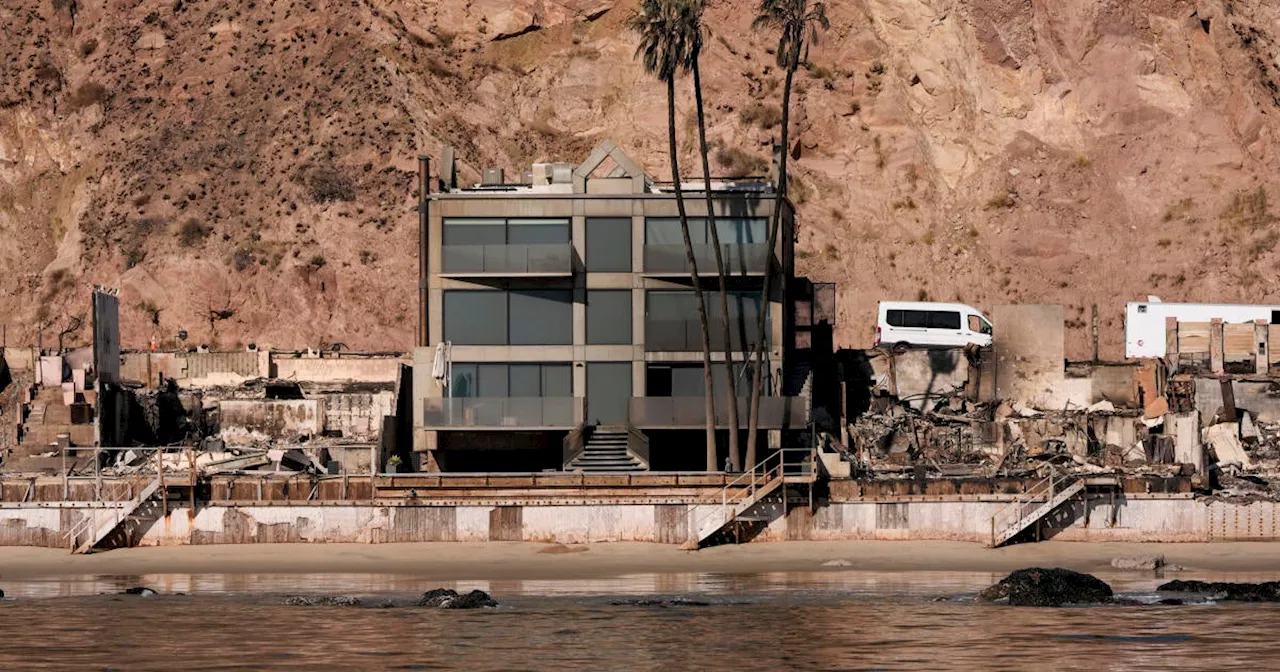The recent wildfires in Los Angeles have highlighted the importance of fire-resistant building materials. This article explores the various ways that homes can be made less vulnerable to fire, from using stucco and metal roofing to installing double-pane windows and fire shutters.
Emails and videos of burned buildings in Los Angeles next to those left standing have been flying back and forth among architects, builders and fire safety specialists around the world. For many homeowners, like Enrique Balcazar, the sometimes scattershot nature of the carnage can seem like random chance. Balcazar, a real estate agent, posted video that showed little more than chimneys remaining of most homes on his block after fire leapt through his Altadena neighborhood.
Balcazar stood on his neighbor's destroyed classic Mustang to douse his smoldering roof, but his home was otherwise fine.'It's an older house and it still has the old wood sidings,' Balcazar said. 'To me there's nothing explainable in logical or scientific reason of why my house would not have burned.' Many experts say luck does play a part. After all, wind can shift 180 degrees in a split second, pushing fire away from your house and towards a neighbor's. But they also say there are many ways that homes can be made less vulnerable to fire.'Because there are, say, 50 ways a fire can burn your house,' said Greg Faulkner of Faulkner Architects in California, who has focused on less combustible home exteriors for more than a decade. 'If you eliminate half of those, or three-quarters of them, that's not luck, that's increasing your odds.'People in fire country generally know that trees, landscaping and wood fences near homes can be a fire risk. Architects and contractors are going beyond that, using newer materials and techniques in roofing, walls and windows to keep buildings standing. The measures do add cost to the homes - around 3% to 6%, Faulkner said, or as much as 10% for the most robust protection.Many of these experts no longer use wood siding. Where it is used, or still allowed, it needs to have a fire-resistant barrier underneath, often made of gypsum, the same material used to make drywall. That way if the wood catches fire, it takes longer for the heat to reach inside the homeBut even with that, you're still putting a combustible material on the building, said Richard Schuh, with Nielsen : Schuh Architects. 'So that would be something we would avoid. Use of fire-resistant materials is critical.'Stucco, a cement material, is a common exterior for Southern California houses and it's fire-resistant. Reviewing AP photographs showing buildings still standing, Arnold Tarling, who has four decades experience in fire protection and building inspection in Britain, said houses with stucco walls appeared to survive the Los Angeles fires better. Yet if more of them had had a layer of gypsum beneath the stucco, it would have given more protection from the heat, he said.Windows are a huge factor in whether a home burns down, because so much heat is transmitted through them. Double-pane windows significantly slow heat coming from the burning building next door.'The outside layer protects the inside layer until it fails,' said Schuh. Codes in many places require one of the two panes to be tempered, which is much more resistant to heat than conventional glass, he said.Tarling noted one intact Malibu beachfront home, surrounded by gutted buildings. He speculated that the fact that no windows faced a neighbor helped protect it because radiated heat couldn't penetrate as easily.In his buildings, Faulkner builds in fire shutters that can slide closed and cover the windows.Then there's the roof - a convenient landing pad for fire embers.Simpler roof lines can allow red-hot embers to slide off. Spanish Mission, for example, is an iconic Los Angeles style - part of what says 'Hollywood' in movies about the city, for example, as well as a reminder of its Mexican and Spanish history. That style doesn't always have simple roof lines - the knee walls that are common on Mission-style roofs create corners.'The embers could, just like snow, gather in that corner,' Faulkner said.Many roofs in the U.S. are covered in asphalt. Areas that are designated as wildfire-prone in California – an ever-growing area – are required to use roofing that delays the transfer of heat to the inside of the building, called one-hour or Class A.Still, asphalt is a petroleum product. Some building professionals prefer metal, which doesn't burn. Metal has its own downside, though: It conducts heat. Putting a layer of gypsum under a metal roof is becoming a common practice in some areas.'Like a blow torch'Maybe as important as which material is used on a roof is whether the roof offers fire a way to get in. Here, as in so many tradeoffs, one effort to do good conflicts with another: Contractors have been more careful over the years to make sure moisture doesn't build up in attics by making sure air circulates, using those vents that are visible on many roofs or under eaves.But in a powerful fire, Schuh says, 'if you're on the side where the wind is putting pressure against the house, it's also blowing the flames into the house like a blow torch,' and fire gets in through the vent
Fire-Resistant Materials Wildfires Building Codes Home Safety Architecture Construction
United States Latest News, United States Headlines
Similar News:You can also read news stories similar to this one that we have collected from other news sources.
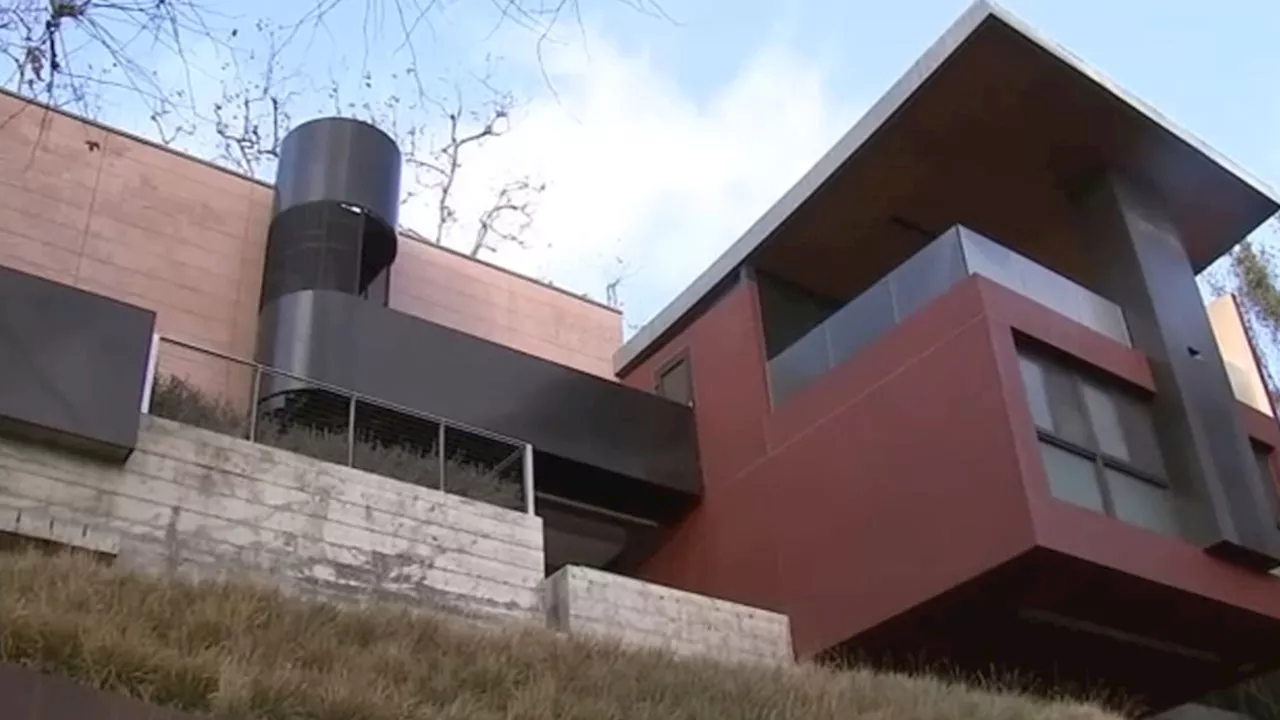 Fire-Resistant Home Survives Devastating Palisades FireA local couple's foresight in incorporating fire-resistant features into their home years ago saved it from the destructive Palisades Fire, while surrounding properties were reduced to ashes. They shared key elements of their home's design, emphasizing the importance of proactive measures against the increasing threat of wildfires.
Fire-Resistant Home Survives Devastating Palisades FireA local couple's foresight in incorporating fire-resistant features into their home years ago saved it from the destructive Palisades Fire, while surrounding properties were reduced to ashes. They shared key elements of their home's design, emphasizing the importance of proactive measures against the increasing threat of wildfires.
Read more »
 Fire-Resistant Home Survives Deadly Palisades Fire as Neighbors Lose EverythingA California couple's home, equipped with fire-resistant features, withstood the devastating Palisades Fire while surrounding homes were destroyed. They detailed the specific design choices that protected their property, emphasizing the importance of proactively addressing wildfire risks. The couple advocates for incorporating fire-resistant building practices to mitigate future damage from increasingly frequent wildfires.
Fire-Resistant Home Survives Deadly Palisades Fire as Neighbors Lose EverythingA California couple's home, equipped with fire-resistant features, withstood the devastating Palisades Fire while surrounding homes were destroyed. They detailed the specific design choices that protected their property, emphasizing the importance of proactively addressing wildfire risks. The couple advocates for incorporating fire-resistant building practices to mitigate future damage from increasingly frequent wildfires.
Read more »
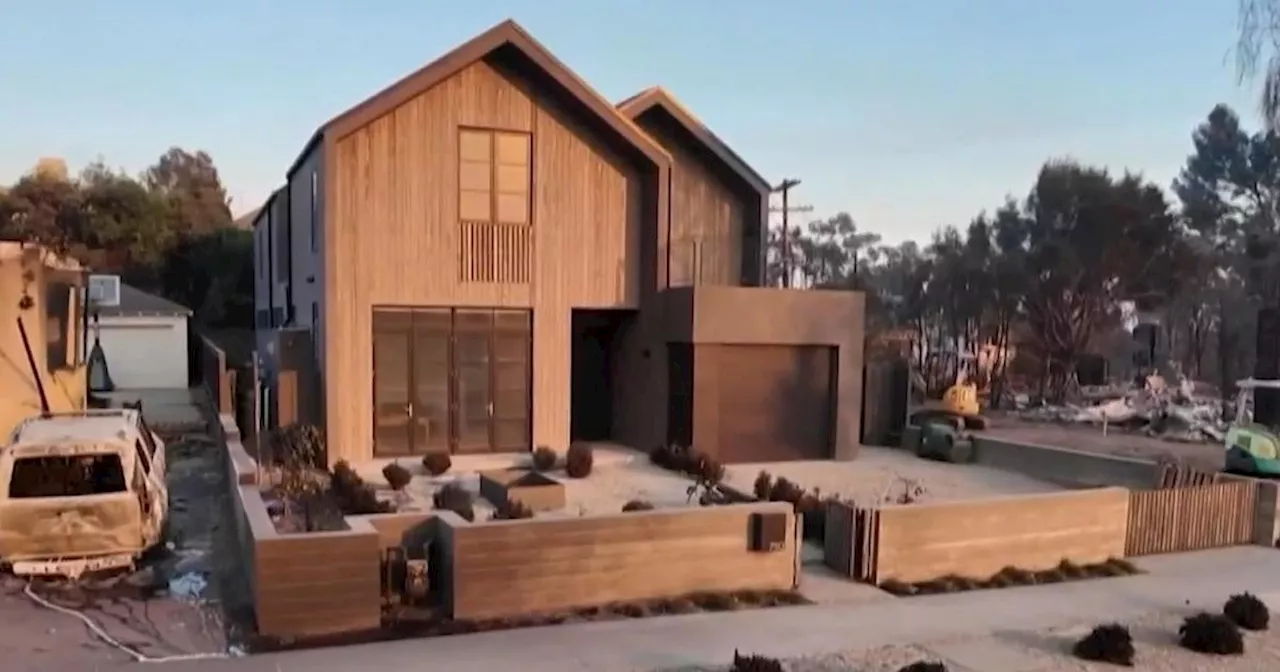 Rebuilding After Wildfire: Passive House Design Offers a Resilient SolutionA Colorado family's experience with the devastating Marshall Fire highlights the need for fire-resistant building practices. The family's decision to rebuild using Passive House design, which minimizes the risk of ember penetration, offers a promising model for rebuilding in fire-prone areas. While the higher initial cost remains a challenge, new state legislation aims to incentivize the adoption of fire-resistant building codes, emphasizing the importance of resilient construction in the face of increasing wildfire threats.
Rebuilding After Wildfire: Passive House Design Offers a Resilient SolutionA Colorado family's experience with the devastating Marshall Fire highlights the need for fire-resistant building practices. The family's decision to rebuild using Passive House design, which minimizes the risk of ember penetration, offers a promising model for rebuilding in fire-prone areas. While the higher initial cost remains a challenge, new state legislation aims to incentivize the adoption of fire-resistant building codes, emphasizing the importance of resilient construction in the face of increasing wildfire threats.
Read more »
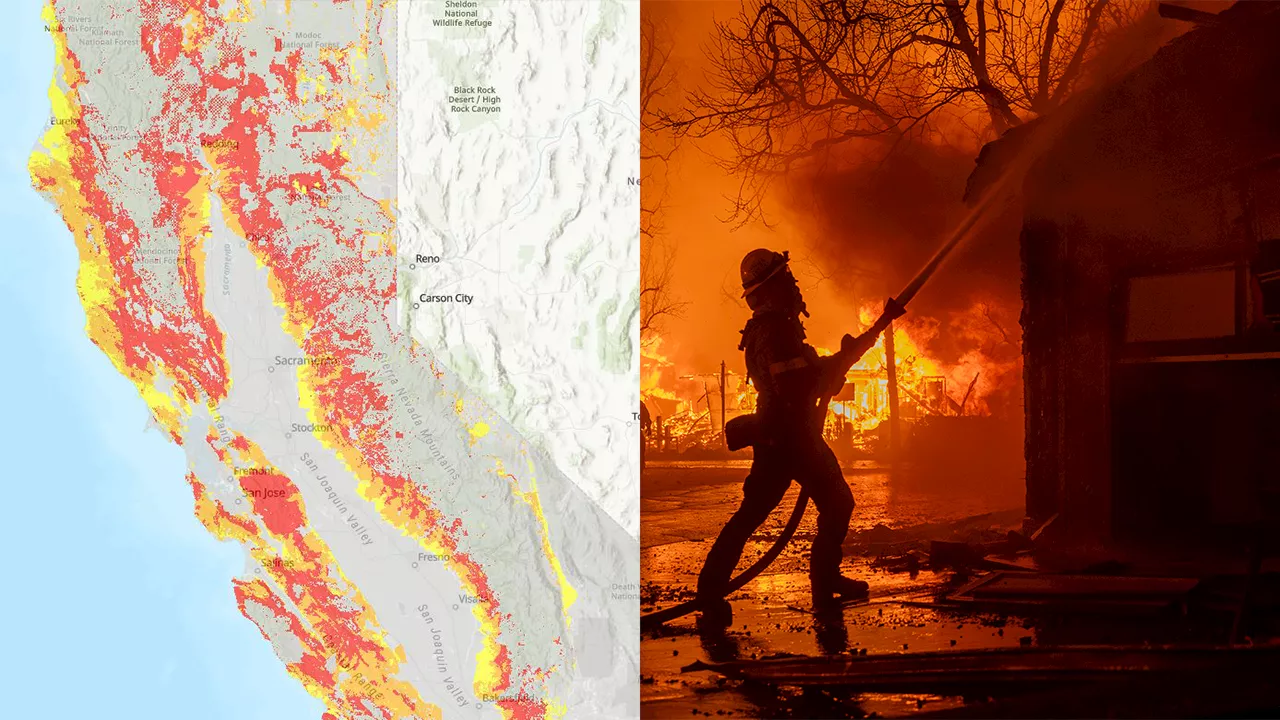 Cal Fire's Fire Hazard Severity Zone Map Shows California Fire RiskCal Fire's new Fire Hazard Severity Zone map allows Californians to search for an address and see the location's probability of being affected by fire. The map assesses fire hazard, rather than risk, based on the physical conditions that create a likelihood of fire behavior over a 30 to 50-year period. The map considers terrain, local weather, and fire history over 50 years. Areas are ranked as moderate, high, or very high fire severity. The map is effective as of April 1, 2024 and focuses on areas under state responsibility, excluding federal land like the Sierra Nevada Mountains and some parts of the Bay Area.
Cal Fire's Fire Hazard Severity Zone Map Shows California Fire RiskCal Fire's new Fire Hazard Severity Zone map allows Californians to search for an address and see the location's probability of being affected by fire. The map assesses fire hazard, rather than risk, based on the physical conditions that create a likelihood of fire behavior over a 30 to 50-year period. The map considers terrain, local weather, and fire history over 50 years. Areas are ranked as moderate, high, or very high fire severity. The map is effective as of April 1, 2024 and focuses on areas under state responsibility, excluding federal land like the Sierra Nevada Mountains and some parts of the Bay Area.
Read more »
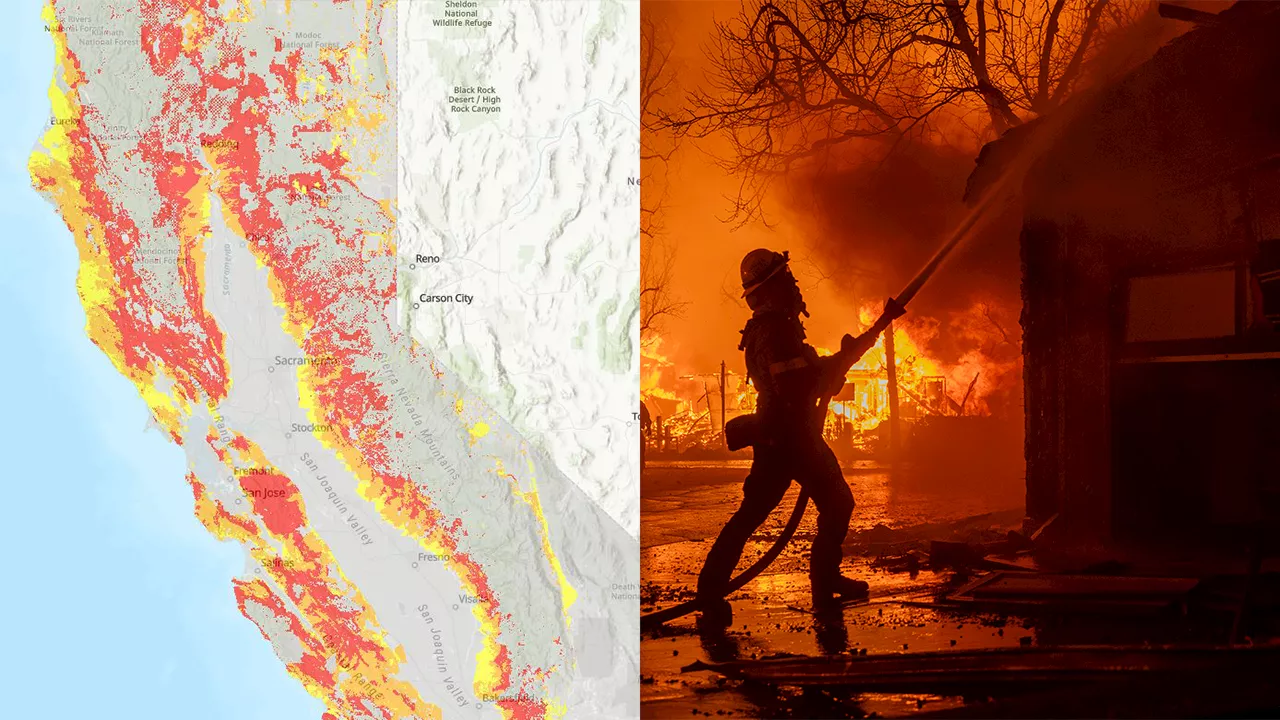 Cal Fire's Fire Hazard Severity Zone Map Helps Californians Assess Fire RiskCal Fire's new Fire Hazard Severity Zone map allows residents to search for an address and see the location's probability of being affected by fire. This map focuses on fire hazard, not risk, and considers factors like terrain, weather, and fire history.
Cal Fire's Fire Hazard Severity Zone Map Helps Californians Assess Fire RiskCal Fire's new Fire Hazard Severity Zone map allows residents to search for an address and see the location's probability of being affected by fire. This map focuses on fire hazard, not risk, and considers factors like terrain, weather, and fire history.
Read more »
 Paxtang Borough, Fire Company Dispute Continues in CourtThe ongoing legal battle between the Paxtang Borough and Paxtang Fire Company No. 1 centers around the fire company's use of the borough's municipal building. The borough is seeking thousands of dollars in rent and utility payments, claiming the fire company never agreed to such charges. The fire company argues that they never signed an agreement requiring payment and maintains their use of the building is justified. The dispute also involves past charges against former fire company members, including theft and forgery, which the fire company successfully argued should not be admissible in the current case.
Paxtang Borough, Fire Company Dispute Continues in CourtThe ongoing legal battle between the Paxtang Borough and Paxtang Fire Company No. 1 centers around the fire company's use of the borough's municipal building. The borough is seeking thousands of dollars in rent and utility payments, claiming the fire company never agreed to such charges. The fire company argues that they never signed an agreement requiring payment and maintains their use of the building is justified. The dispute also involves past charges against former fire company members, including theft and forgery, which the fire company successfully argued should not be admissible in the current case.
Read more »
